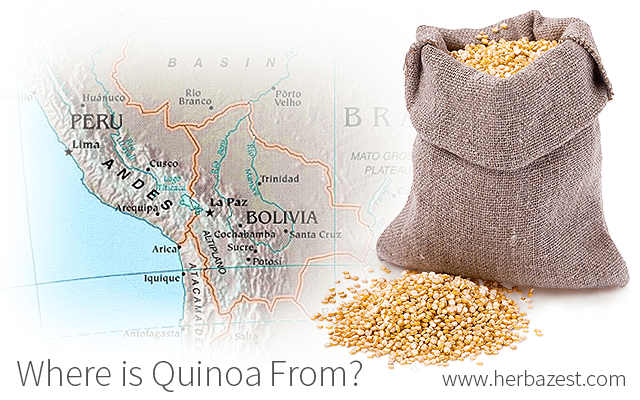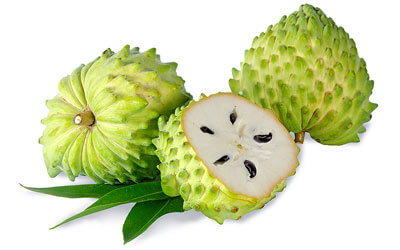Although quinoa has become widely available on the global market, many people may not be aware of its origins. The truth is that quinoa has a long history of use in South America and plays an important role in Andean culture. But where does quinoa come from exactly?
History and Origin of Quinoa
The origins of quinoa have been traced to the Lake Titicaca area, which is shared by Peru and Bolivia. Quinoa is believed to have been domesticated there approximately 5,000 - 7,000 years ago.1 With the growth of the Inca civilization, the cultivation of quinoa spread to other parts of South America, including present-day Ecuador, Argentina, and Chile.
Before domestication, the leaves and seeds of a wild variety of quinoa were likely used as a food source. However, domestication resulted in increased genetic variability and morphological changes, including larger stems and seeds, a more compact inflorescence, loss of seed-dispersal mechanisms, and increased pigmentation.
Today, there are five major ecotypes that reflect quinoa's ecological adaptation zones where it has traditionally been grown:
- Highlands of Peru and Bolivia
- Inter-Andean valleys of Colombia, Ecuador, and Peru
- Salt flats of Bolivia, Chile, and Argentina
- Yungas of Bolivia
- Sea level in Chile
Quinoa was referred to as "chisaya mama" or "the mother grain" by the Incas, and it was used for many purposes, including food, fermented beverages, and medicines. Traditionally, the seeds were added to soups and stews, consumed as a cereal, or roasted and cooked.
TO THE INCAS, QUINOA WAS CONSIDERED AN APHRODISIAC WITH EXCEPTIONAL NUTRITIONAL QUALITIES.
Around the time of the Spanish arrival to South America, quinoa was a well-developed staple crop within and beyond the Incan empire. However, the Spanish colonists considered quinoa to be peasant food and did their best to replace it with other grains.
In addition, the Catholic Church actively suppressed the consumption of quinoa since it had been used in a sacred drink during religious ceremonies of the indigenous people. After the Spanish conquest, quinoa survived only where the European influence did not reach.
Until the 1970s, quinoa was largely forgotten and was only cultivated and consumed in the Andean region of South America. However, in light of quinoa's superb nutritional value, its popularity began to grow in other parts of the world. In the period between 1992 and 2010, the total cultivation and area of production of quinoa in Bolivia, Peru, and Ecuador almost tripled.
Where Does Quinoa Come From Nowadays?
While quinoa is nowadays grown in other countries (e.g., the United States and Canada), its production is still dominated by two South American countries: Peru and Bolivia. Lesser amounts are grown in Ecuador, Colombia, and Argentina.
It is estimated that this region of South America produces 177 million pounds of quinoa every year.2
The next time you eat quinoa, check the label to see where it came from. Now that you know some of the history of quinoa, understanding its origins can help you appreciate this nutritious seed on a new level.
Sources
- Food Reviews International, Nutritional Value and Use of the Andean Crops Quinoa (Chenopodium quinoa) and Kañiwa (Chenopodium pallidicaule), 2003
- Journal of Nutrition and Food Sciences, Quinoa (Chenopodium quinoa Willd), from Nutritional Value to Potential Health Benefits: An Integrative Review, 2016
- Whole Grains Council, Quinoa – March Grain of the Month
- FAOSTAT, International Year of Quinoa 2013, Origin and History | Distribution and Production | Varieties Groups by Ecological Adaptation Zones | Quinoa in the Kitchen, p. 7
- Alternative Field Crops Manual, Quinoa
Footnotes:
- Frontiers in Plant Science. (2016). The Global Expansion of Quinoa: Trends and Limits. Retrieved July 11, 2022 from https://www.ncbi.nlm.nih.gov/pmc/articles/PMC4860459/
- Whole Grains Council. (n.d.). Growing Quinoa. Retrieved July 11, 2022 from https://wholegrainscouncil.org/whole-grains-101/whole-grains-101-orphan-pages-found/growing-quinoa




